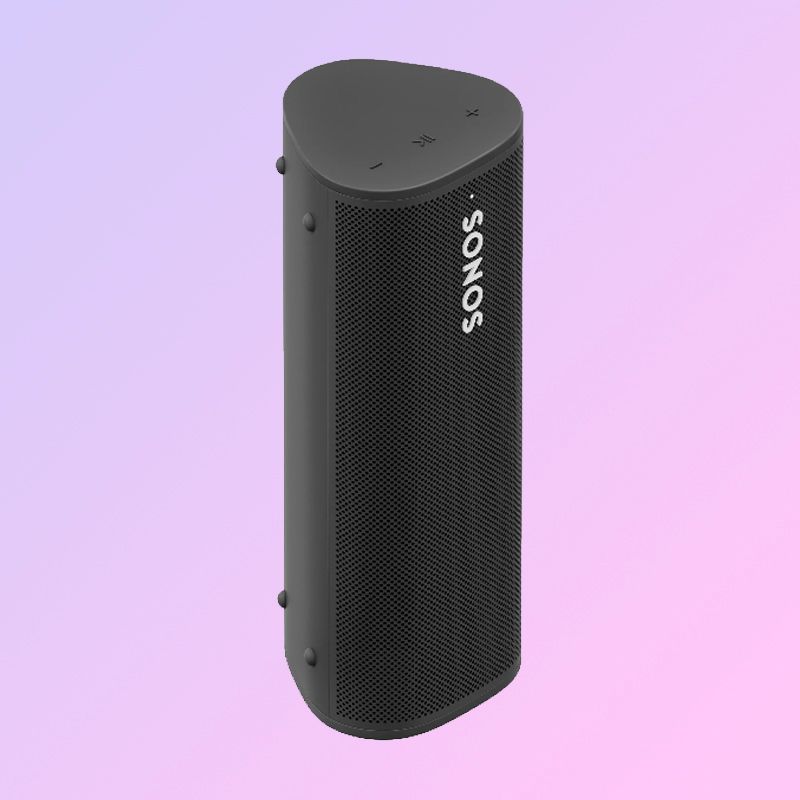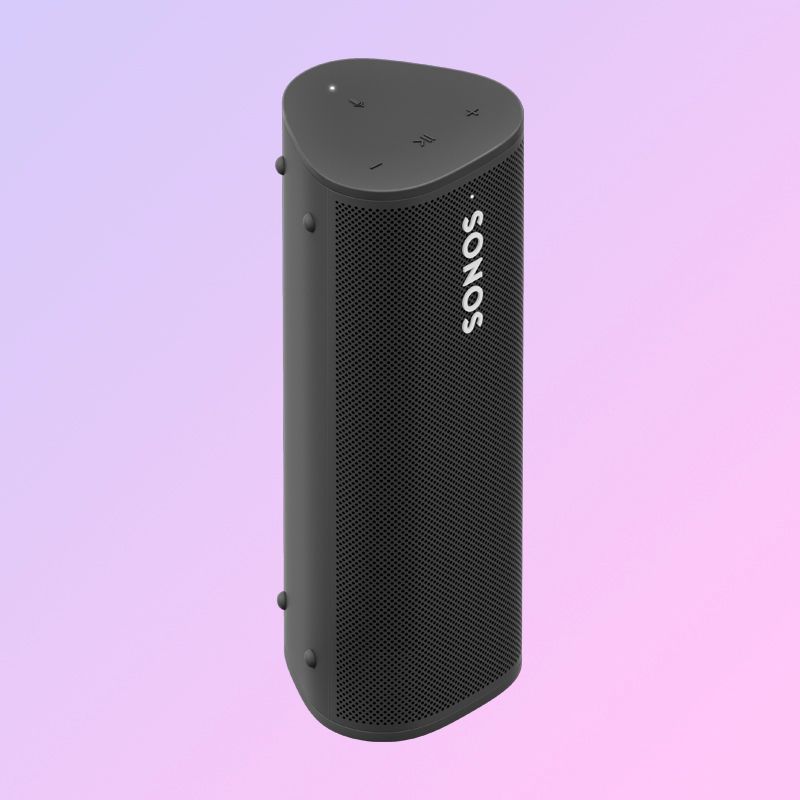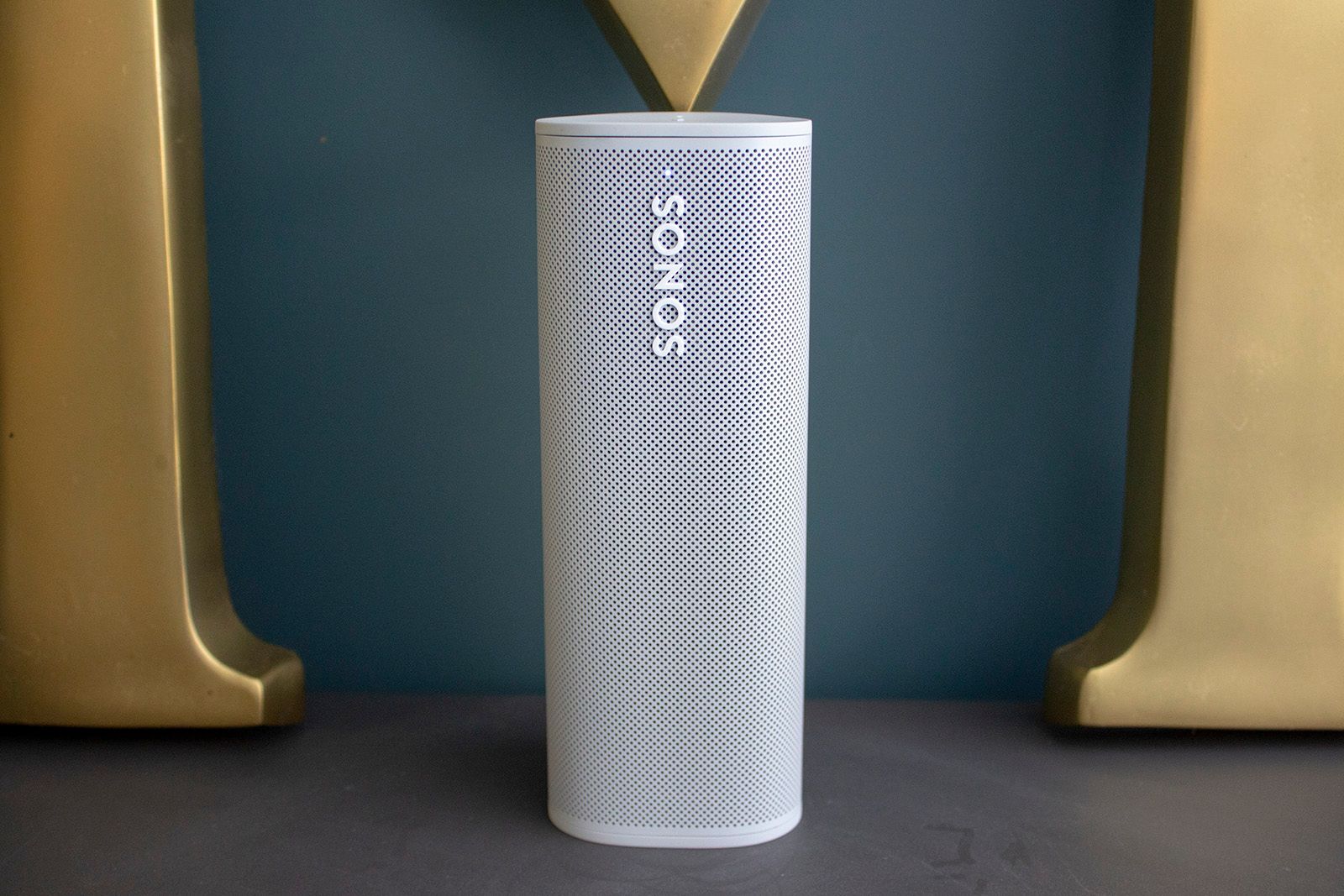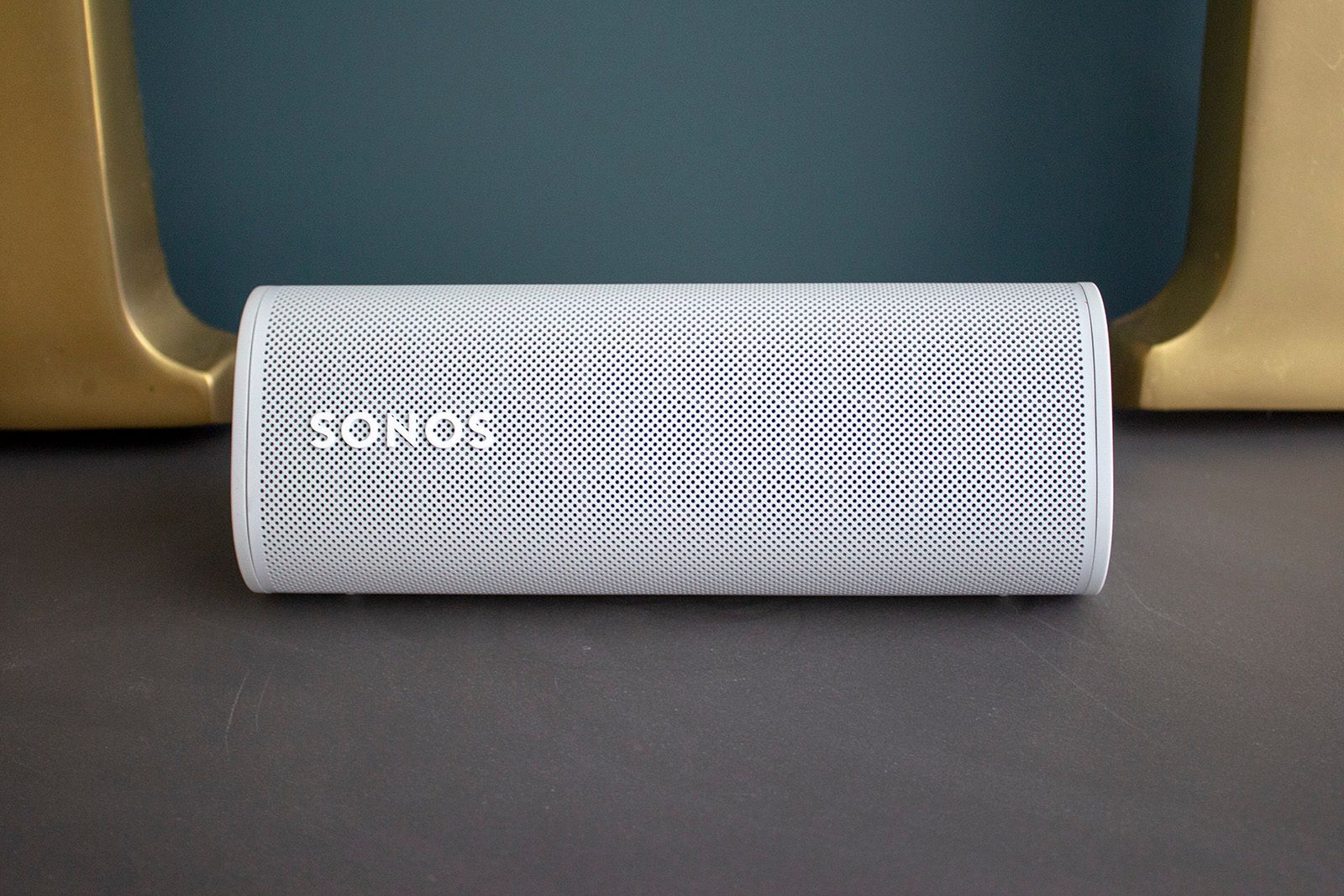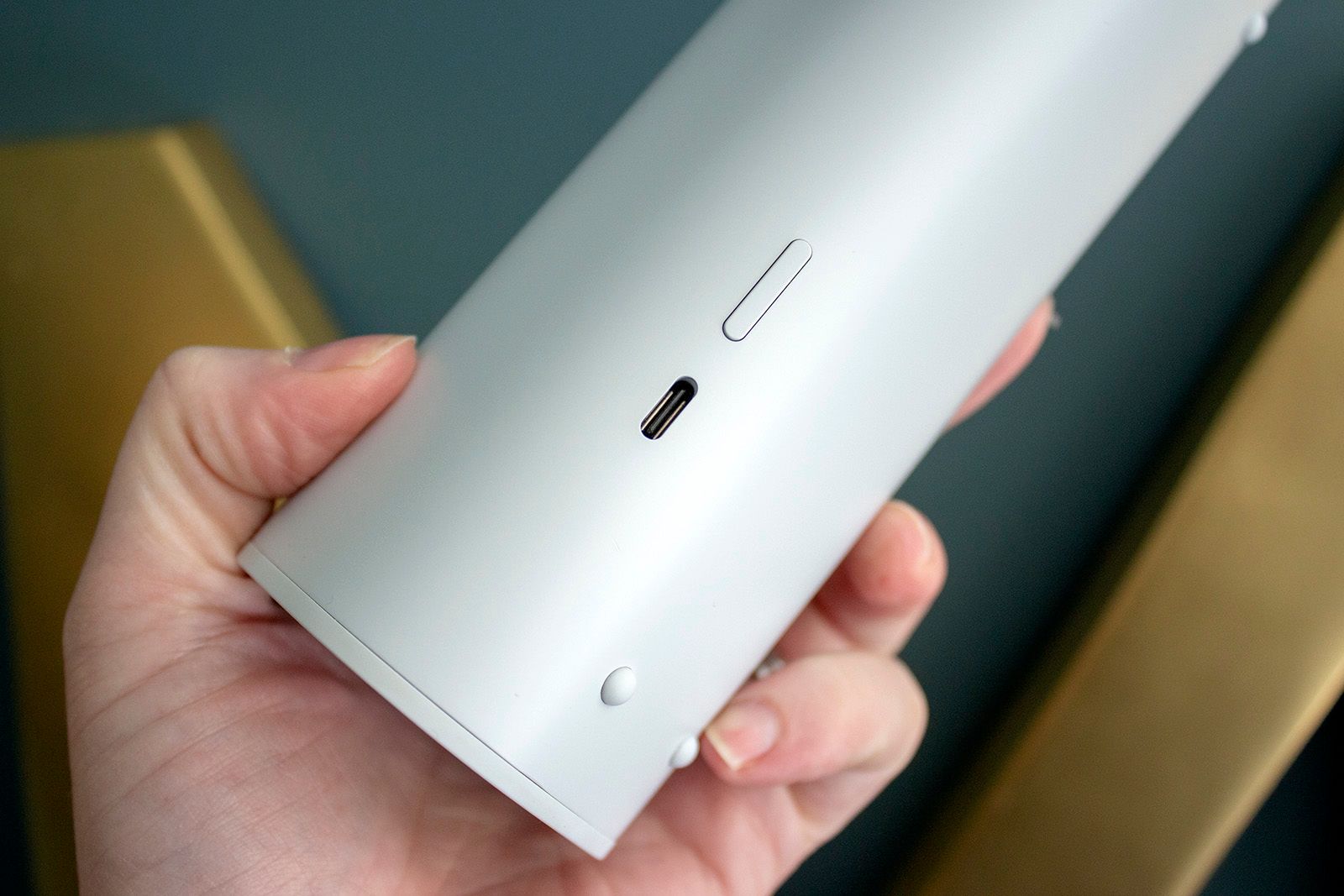-
Sonos Roam SL
Our top choice$119 $159 Save $40The Sonos Roam SL has the same design and sound architecture as the Sonos Roam, but it doesn't offer a microphone and so misses out on a couple of features.
Pros- Lightweight and portable
- Great sound quality
- Water-resistant
Cons- No smart assistants
- No Sound Swap
- No automatic Trueplay tuning
-
Sonos Roam
A smart alternative$134 $180 Save $46The Sonos Roam is a fantastic portable speaker with plenty of features, including smart assistants. It has more features than Roam SL, like Sound Swap, but costs more.
Pros- Lightweight and portable
- Water-resistant
- Smart assistants and features
Cons- A little pricey
- No case
- Rubber ends dent
Portability wasn't always a thing at Sonos. Up until the company launched the Sonos Move 2019, none of the Sonos speakers offered Bluetooth capabilities and all of them required mains power. A lot has changed in four years however. Following the launch of the original Move, Sonos not only announced the super portable Roam in 2021 and a microphone-free Roam in 2022, but it now also has the wired Era 100 and Era 300 with Bluetooth capabilities in its portfolio, as well as the second generation of Move in the Move 2.
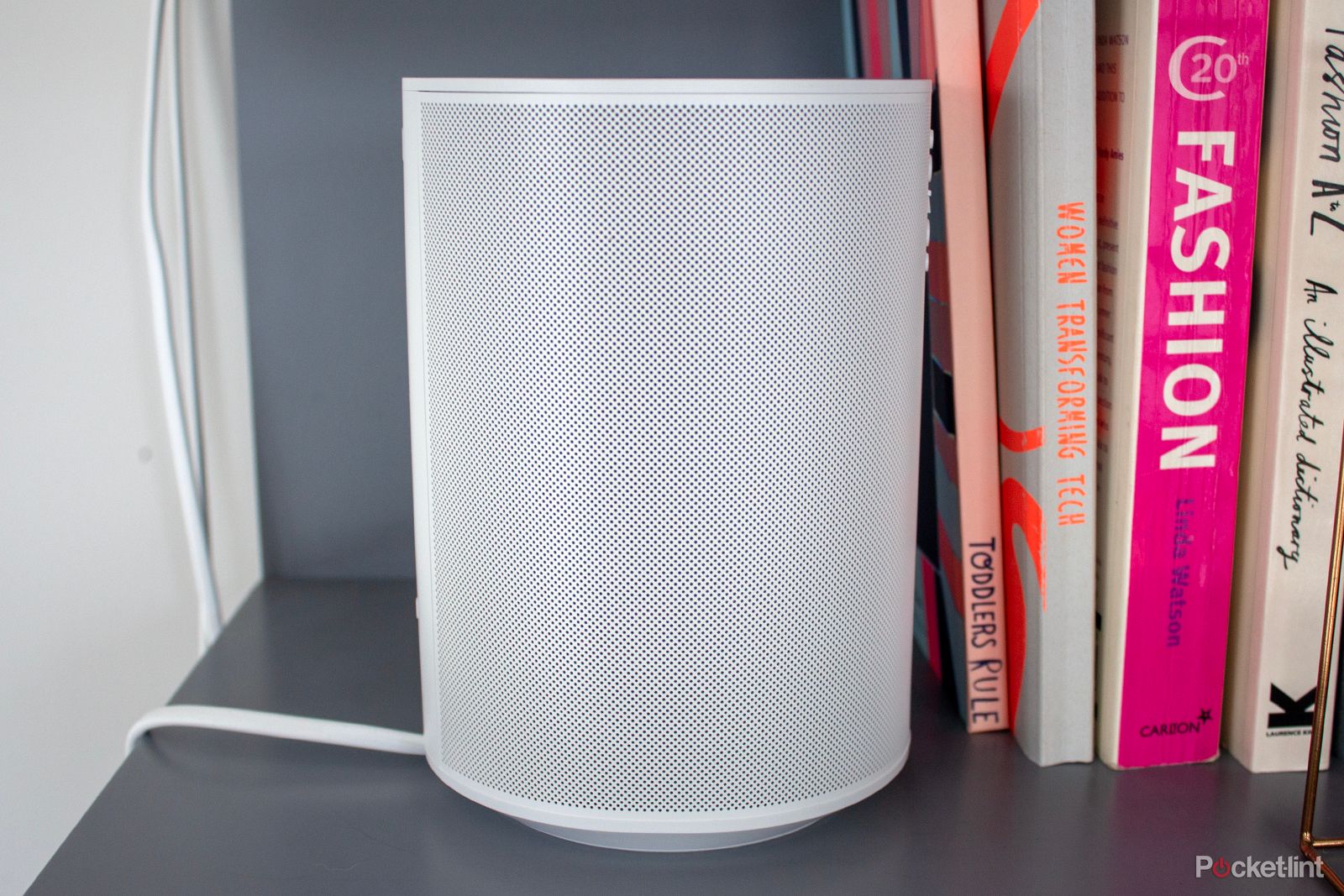
10 deals on our favorite Sonos speakers to check out before Cyber Monday ends
Cyber Monday is here and the Sonos deals are brilliant, with savings on a number of excellent speakers and soundbars, including the Sonos Era 100.We compared how the Era 100 and the Roam compare in a separate feature in case you are choosing between two smaller Sonos speakers, but here we are focusing on how the Sonos Roam and the Sonos Roam SL compare. What is different between the Sonos Roam and Sonos Roam SL, what features do you miss out on if you opt for the Roam SL and which Roam should you choose for your home and lifestyle?
Price, specs and availability
The Sonos Roam costs more than the Sonos Roam SL, which perhaps won't be all that surprising. The Roam is $179 in the US and £179 in the UK. The Sonos Roam SL meanwhile, costs $159 in the US and £159 in the UK so you save a little bit of money opting for the microphone-free variant, though not much.
The Sonos Roam does come in more colours than the Roam SL howver, offered in Lunar White, Shadow Black, Sunset, Olive and Wave. The Olive is gorgeous if you're wondering what the best colour choice is. The Sonos Roam SL only comes in Shadow Black and Lunar White, though both these colours are still great, they just aren't as fun as the colourful options offered by Roam.
When it comes to specs, the Roam and Roam SL are virtually identical, except for a couple of features and of course, the lack of microphones on the Roam SL. We've popped a spec table comparison below to show the differences in specs at a glance, but keep reading for more detail on how these two portable speakers differ.
Sonos Roam SL Sonos Roam Connectivity Wi-Fi 5.0, Bluetooth Wi-Fi 5.0, Bluetooth Battery 10 hours 10 hours Water Resistance IP67 IP67 Audio Two class-H amplifiers, custom racetrack mid-woofer, tweeter Two class-H amplifiers, custom racetrack mid-woofer, tweeter, far-field mics Voice assistant None Google Assistant, Amazon Alexa, Sonos Voice Control Colors Shadow Black, Lunar White Shadow Black, Lunar White, Olive, Sunset, Wave Dimensions 168 x 62 x 60mm, 0.43kg 168 x 62 x 60mm, 0.43kg Buttons Tactile Controls, Power/Bluetooth Button Tactile controls, Power/Bluetooth button Others Sonos features, Airplay 2 Sonos features, Auto Trueplay tuning, AirPlay 2, Sound Swap
Design and build
The Sonos Roam and the Sonos Roam SL offer an almost identical design, which means they are compatible with the same cases should you wish to add protection or extra functionality to them like making them easier to transport. Both have a soft-to-touch finish with tactile controls on the top and they can both be positioned horizontally or vertically, with small rubber feet allowing for both orientations. They also both have an IP67 water and dust resistance so the two portable speakers can both handle being near a pool, on the beach, out in the rain or in the shower without an issue.
They are also identical in their dimensions, measuring around the same as a 500ml (18oz) water bottle at 168 x 62 x 60mm. Where the Roam and Roam SL do differ in terms of design however, is not only the colour options we mentioned above, but in the controls on the top. The Roam has a microphone on and off button on the controls at the top, while the Roam SL does not. That's the only difference you'll see on the surface though. The two speakers both have a USB-C charging port on the back, though you can also charge them through the charging dock accessory that is sold separately, and they both have a power button on the rear that doubles as a Bluetooth pairing button.
Sound architecture
Sound architecture is the same between the Sonos Roam and Sonos Roam SL devices too, meaning they both deliver the same performance. Both the Roam and Roam SL come with two Class-H digital amplifiers, one tweeter and one mid-woofer and the sound from the Roam and Roam SL is amazing for the size of the speakers.
The main difference between the Roam and Roam SL is the lack of microphone on the Sonos Roam SL, as we mentioned. This makes a difference when it comes to some of the features offered, including Trueplay tuning.
The Sonos Roam offers Automatic Trueplay Tuning meaning it can use its onboard microphone to analyse the environment it has been placed into and adjust the sound accordingly. As the Roam SL doesn't have a microphone, it doesn't support Automatic Trueplay Tuning, though it does still offer standard tuning so you can still manually tune the Roam SL through the traditional Trueplay method. This involves the speaker emitting a series of sounds and you walking around the room waving an iOS device turned upside down slowly. We've got a separate Trueplay feature that details exactly how that all works.
Features
Aside from Trueplay tuning, there are a couple of other differences in the features offered by the Sonos Roam and Roam SL. The Sonos Roam offers a choice of Alexa, Google Assistant and Sonos Voice Control, while the Sonos Roam SL doesn't have the option of any of these due to its lack of microphone. The Roam SL can still be controlled via Alexa, Google Assistant or Sonos Voice Control from another Sonos device that offers the assistants built in, or a third-party Alexa or Google Assistant device, but you don't get native support on the speaker itself. It's worth mentioning that newer Sonos speakers like the Move 2 don't have Google Assiatant as an option built in either so that's a key benefit of Roam compared to some of the company's other speakers.
Sound Swap is a feature that launched on the Sonos Roam but it is also only available on the Roam. The feature allows you to press and hold the play/pause button on the Sonos Roam to send the music you are playing on the portable speaker to the nearest Sonos device. Ultrasonic waves are used to detect the nearest speaker though, which requires a microphone to hear so the Sonos Roam SL doesn't offer Sound Swap, again due to the lack of microphone.
Despite these differences, there are a number of features that transfer between both the Roam and Roam SL. Both speakers connect to the Sonos system where they offer Sonos Radio, compatibility with over 100 music streaming services, the ability to group speakers and the ability to adjust the EQ for example, among plenty of others, including Apple AirPlay 2.
You can also stereo pair a Sonos Roam or Roam SL with another Roam or Roam SL, though neither can be used as surrounds - not that you would really want to. Both speakers do also switch between Wi-Fi and Bluetooth automatically though and they also both offer 10 hours of battery life.
Conclusion
The Sonos Roam and Sonos Roam SL are very similar, at least in terms of design, battery life and sound architecture. Where they predominantly differ is the lack of microphone in the Sonos Roam SL, which then sees it missing out on a couple of features compared to the original Roam.
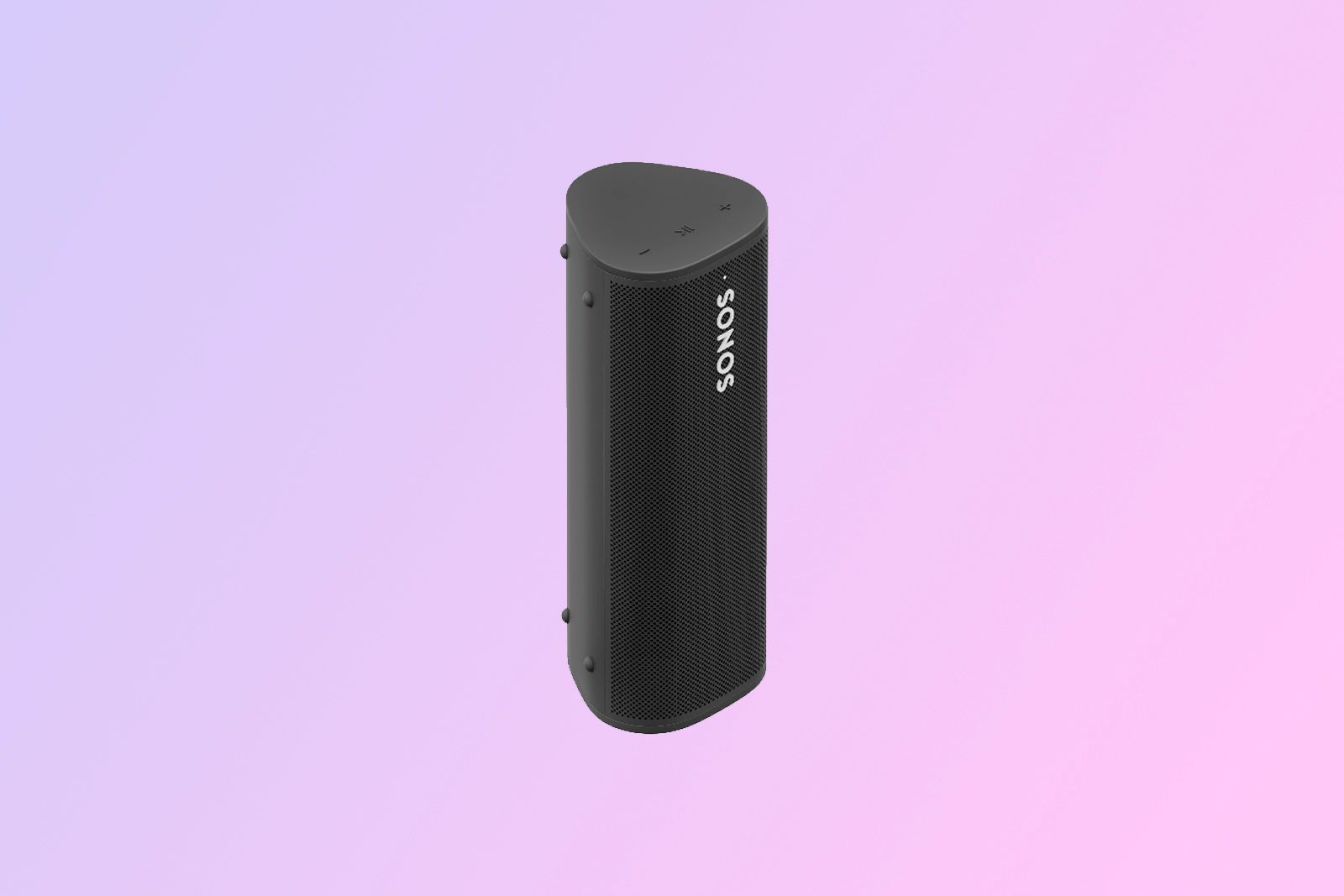
Sonos Roam SL
The Sonos Roam SL has the same design and sound architecture as the Sonos Roam, but it doesn't offer a microphone and so misses out on a couple of features.
You don't get built in Google Assistant, Amazon Alexa or Sonos Voice Control on the Roam SL and it also doesn't offer Sonos Sound Swap or Automatic Trueplay tuning. Otherwise, the features are the same across both models, including automatic switching between Wi-Fi and Bluetooth, integration with the Sonos system and Apple AirPlay 2.
The Sonos Roam SL is of course slightly cheaper than the Roam and for most, it will be an excellent choice as a portable Bluetooth speaker. The extra features offered by Roam are handy but they are extras, rather than integral to the overall experience.
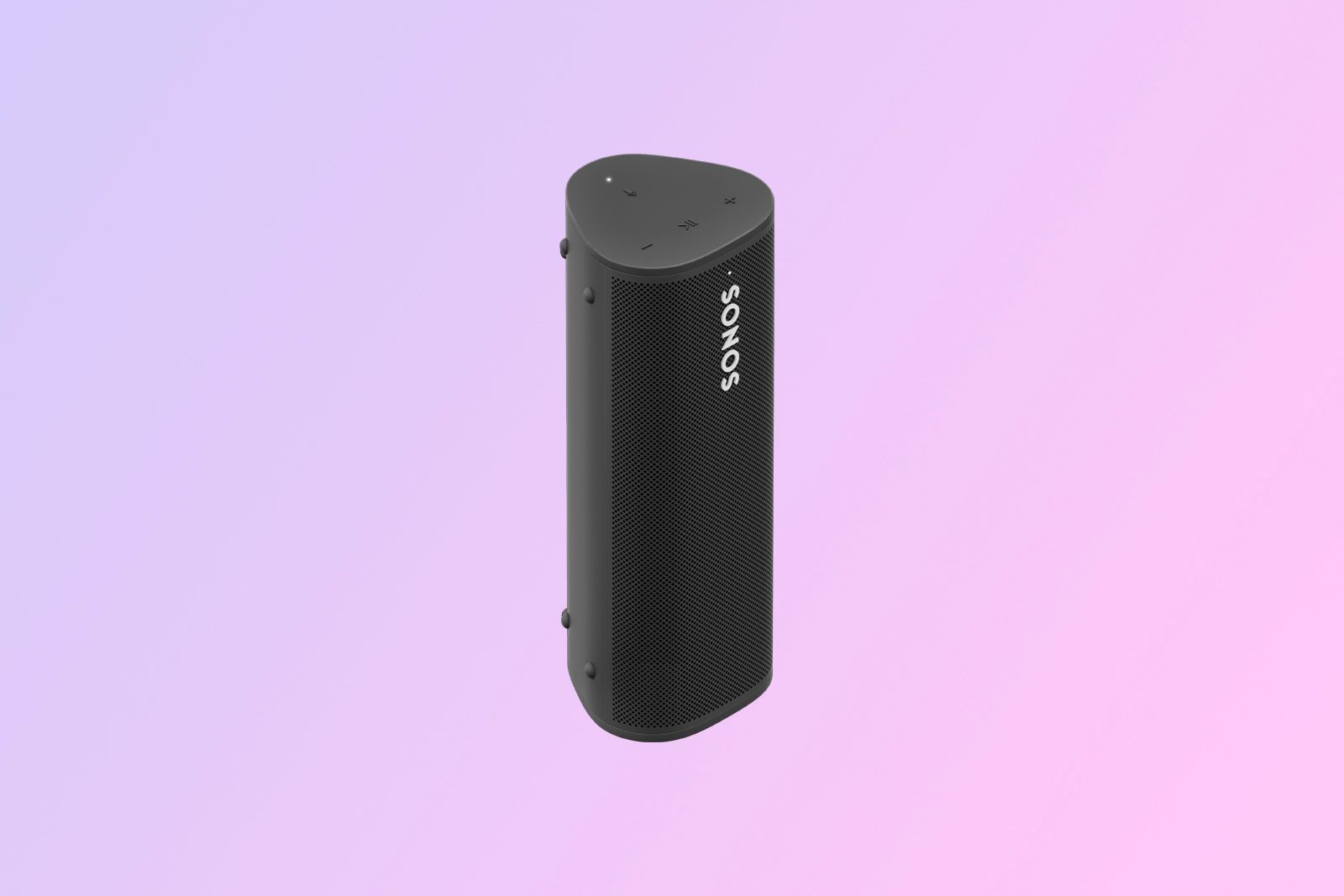
Sonos Roam
The Sonos Roam is a fantastic portable speaker with plenty of features, including voice assistants. It has a few more features than Roam SL, like Sound Swap, but it costs more.

